Battery Production Generates Significant Emissions

Many people are surprised to learn that building an electric vehicle (EV) battery is a major source of pollution. According to a 2023 study by the IVL Swedish Environmental Research Institute, creating lithium-ion batteries releases between 61 and 106 kilograms of CO₂ for every kilowatt-hour of battery capacity. This means a standard EV—like those with a 60 kWh battery—starts its journey with a carbon footprint as high as 6.4 tons of CO₂, sometimes more than a gasoline car. The emissions come from mining raw materials, transporting them, and the energy-intensive manufacturing process. While driving an EV produces no tailpipe emissions, this early carbon debt can take years to “pay off” through cleaner driving. Such figures challenge the idea that EVs are instantly greener than their gas-powered counterparts. For many drivers, the environmental break-even point may be farther away than expected.
Rare Earth Mining Creates Environmental Destruction

The rush to produce more EVs has sparked a global mining boom for minerals like lithium, cobalt, and nickel. However, their extraction often causes severe environmental harm. Research published in Nature Sustainability highlights how mining in regions like the Democratic Republic of Congo and South America’s Lithium Triangle has led to water shortages, soil contamination, and the destruction of local plant and animal life. In the Congo, cobalt mining has stripped away forests and polluted rivers, leaving communities with fewer resources and clean water. In South America, lithium extraction pumps salty water from underground lakes, drying up wetlands that support rare birds and native plants. These impacts are not easily reversed and can last for decades, raising difficult questions about the real cost of green technology.
Electricity Sources Matter for True Carbon Savings
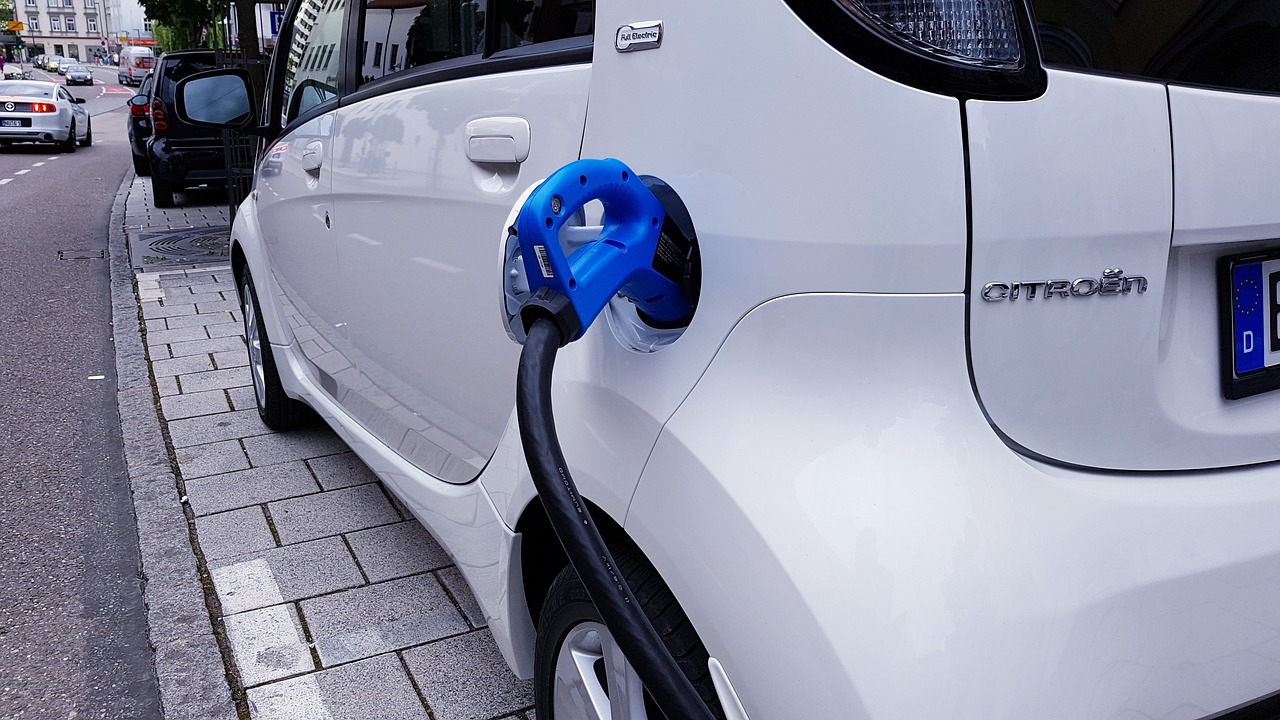
The environmental benefit of an EV depends greatly on where its electricity comes from. In places where most electricity is made by burning coal or oil, like some parts of China, India, and Poland, driving an EV can still create substantial carbon emissions. According to the International Energy Agency (IEA), an EV powered by a coal-heavy grid may produce nearly as much carbon over its lifetime as a fuel-efficient gasoline car. In contrast, in countries with lots of renewable energy—such as Norway or France—EVs offer much greater emissions savings. This means the green advantage of EVs is not the same everywhere and depends on local energy choices. For drivers, switching to clean electricity can make a big difference in reducing their car’s real-world impact.
Battery Disposal and Recycling Remain Challenges
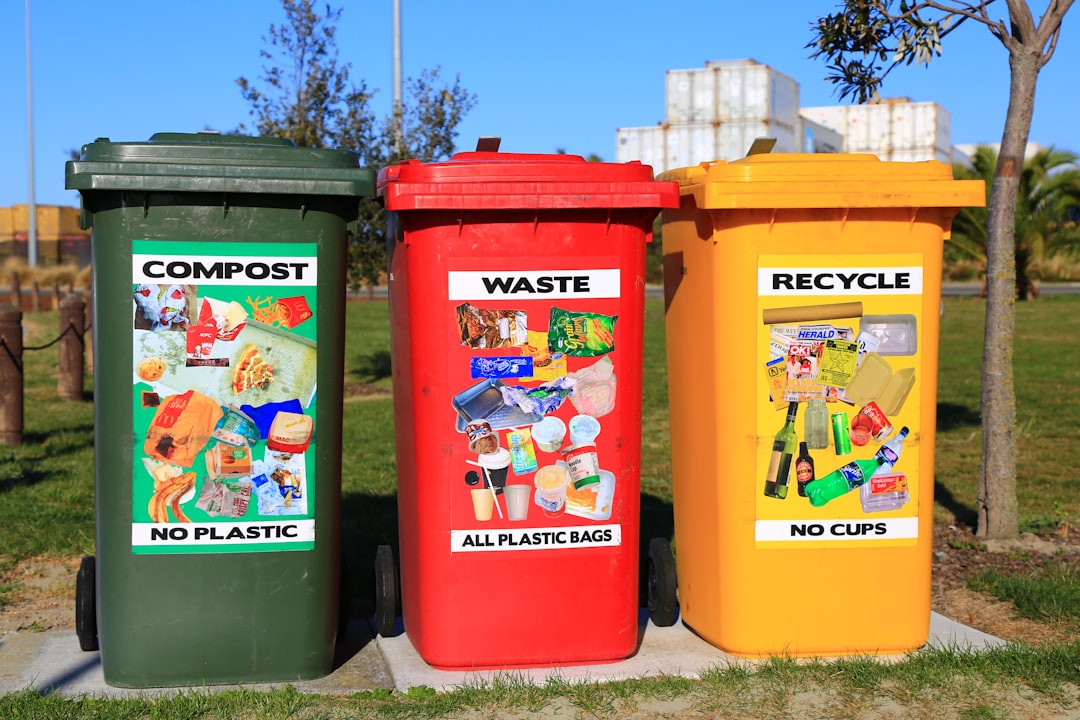
As more EVs hit the road, the question of what happens to old batteries looms larger. Right now, the World Economic Forum reports that only about 5% of lithium-ion batteries are recycled worldwide. The rest risk ending up in landfills, where they can leak toxic chemicals into soil and water, threatening communities and ecosystems. Recycling batteries is possible, but current methods use a lot of energy and are expensive, which limits their use. Many recycling plants can’t keep up with the expected surge in used EV batteries, creating a looming waste problem. Without better systems, discarded batteries could undo some of the environmental gains from driving electric.
Water Use in Battery Production Is Unsustainable

Mining for lithium—a key ingredient in EV batteries—uses vast amounts of water, often in some of the world’s driest places. In Chile’s Atacama Desert, lithium production consumes about 2,200 liters of water for every kilogram of lithium produced. That’s enough to fill more than thirteen bathtubs for just one kilogram. As companies pump water from underground aquifers, local farmers and wildlife are left with less. This has led to shrinking wetlands, dying crops, and the displacement of indigenous communities who rely on these scarce water resources. The competition for water is intensifying, making lithium mining a flashpoint in debates about sustainable energy.
EV Manufacturing Requires More Energy Upfront
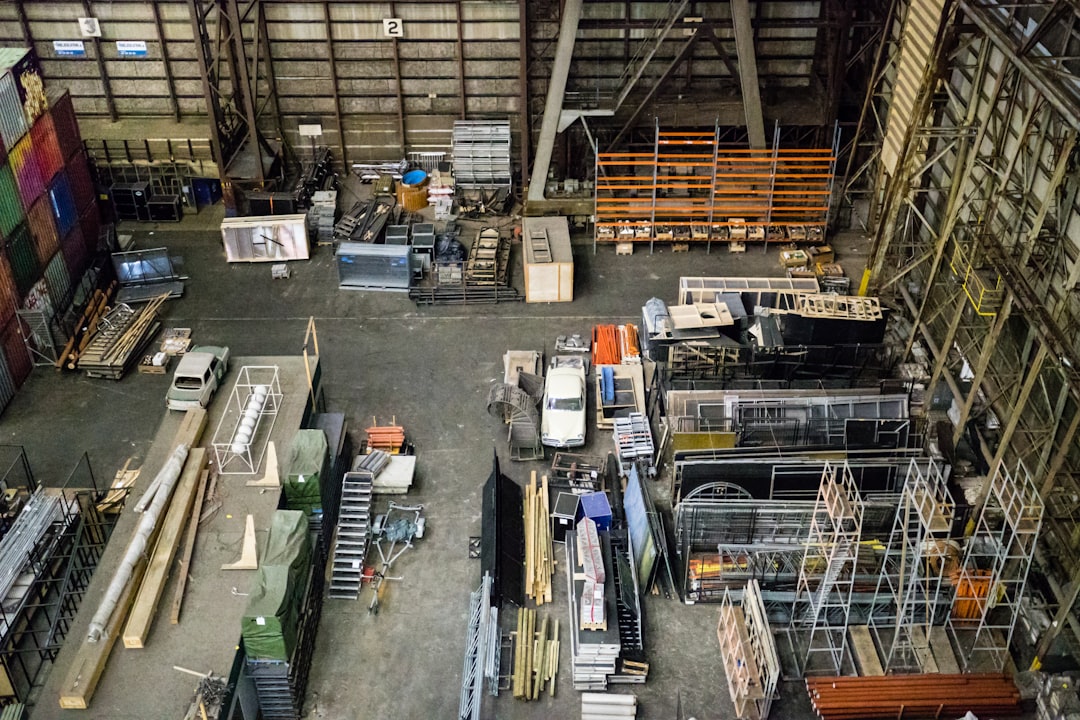
Building an electric car usually takes more energy than making a regular gasoline car. The 2023 MIT Energy Initiative report shows that EV manufacturing requires about 70% more energy upfront. Most of this extra energy goes into making the large, complex batteries that power electric cars. The process involves mining, refining, and assembling materials, each step adding to the total emissions before the car even leaves the factory. For buyers, this means that an EV starts off “in the red” environmentally and must be driven for years before it becomes cleaner than a conventional vehicle. This reality challenges the narrative that EVs are automatically a win for the planet from day one.
Supply Chain Ethics and Human Rights Concerns

Behind the shiny image of EVs lies a less visible issue: the people working in the supply chain. Much of the world’s cobalt, vital for most EV batteries, comes from small, unregulated mines in the Democratic Republic of Congo. Amnesty International and Human Rights Watch have documented cases of child labor, unsafe working conditions, and exploitation in these mines. Workers often dig by hand in dangerous tunnels, facing risks of injury or death. Despite promises from automakers, many supply chains remain murky, making it hard for buyers to know if their EV contributes to these abuses. Calls for greater transparency and ethical sourcing are growing louder as the market expands.
Battery Technology Still Has Environmental Limits
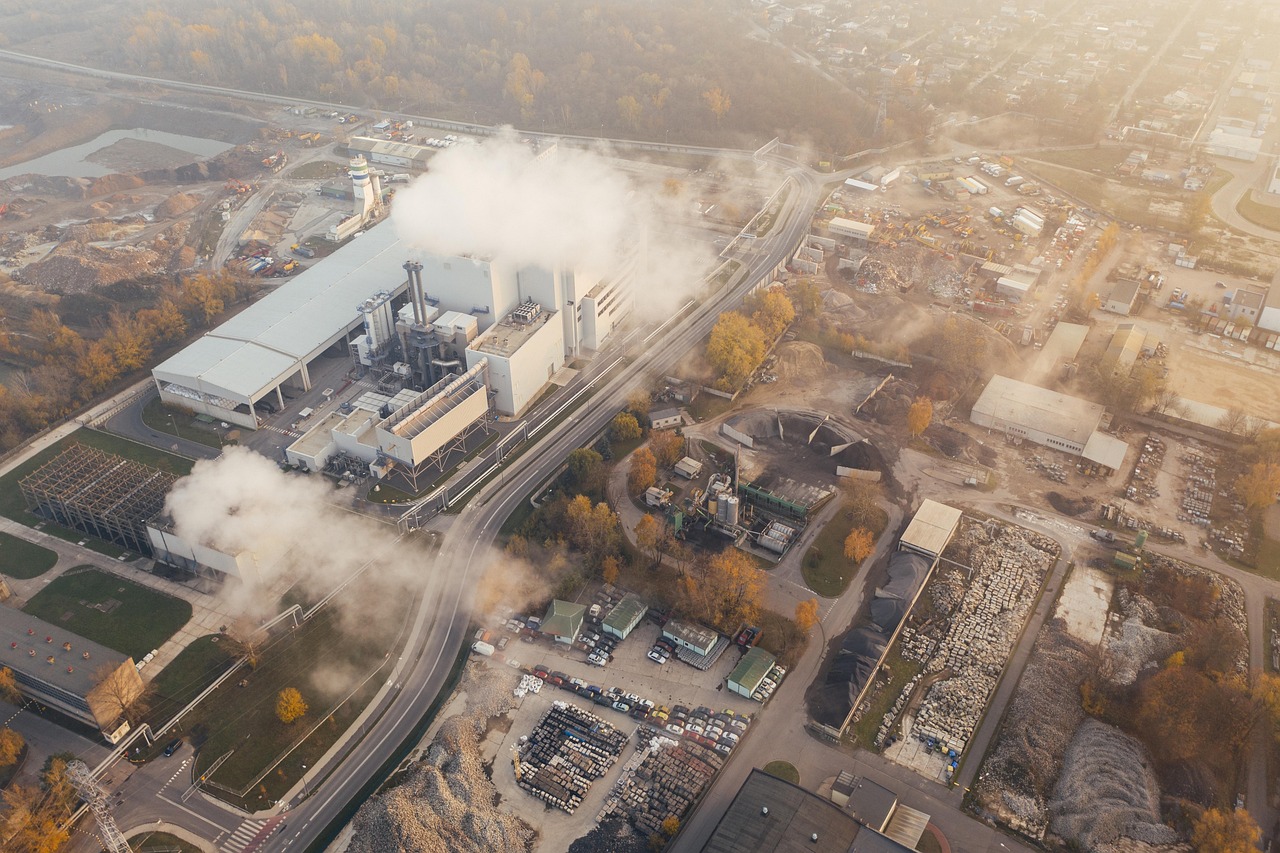
While lithium-ion batteries have fueled the EV revolution, they are far from perfect. The mining and processing of their raw materials, like lithium, cobalt, and nickel, generate significant emissions and waste. Many battery factories are powered by fossil fuels, adding to their carbon footprint. Newer chemistries, such as solid-state or lithium iron phosphate batteries, promise improvements, but they are not yet widely available. Until cleaner production methods and more sustainable materials become the norm, batteries will continue to pose environmental challenges. This reality tempers the optimism around EVs as a cure-all for transportation emissions.
Infrastructure and Grid Strain Can Undermine Benefits
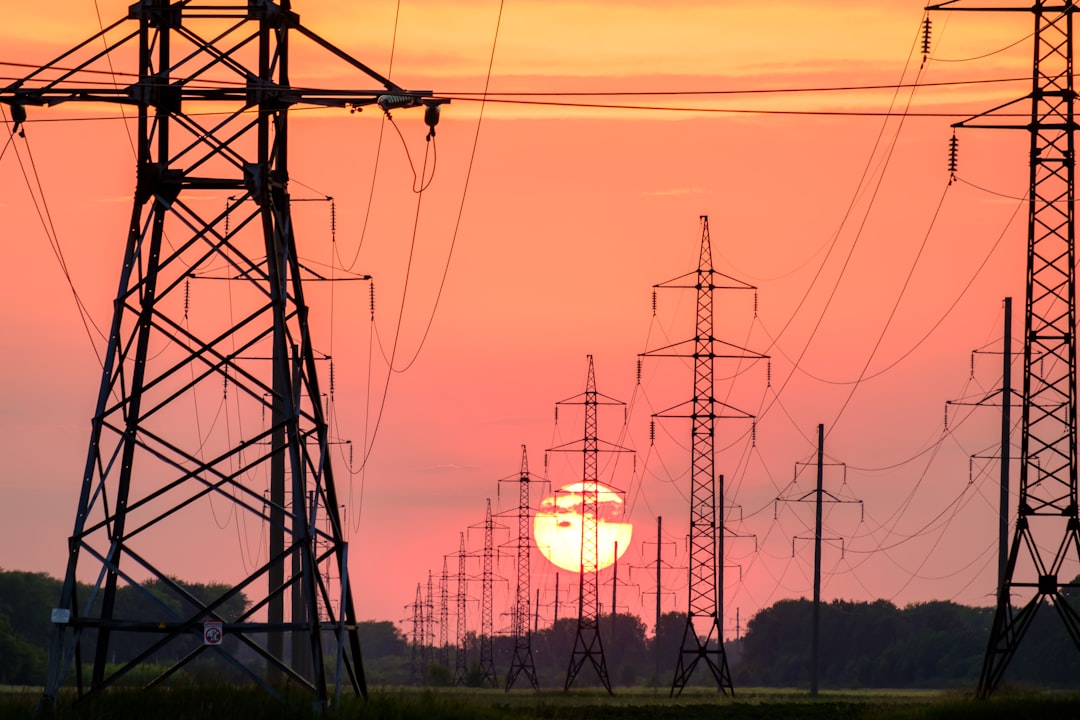
The rapid growth of EVs demands big changes to the power grid and charging infrastructure. In some regions, especially where renewable energy is limited, adding thousands of EVs can strain the grid, leading to higher emissions from backup fossil-fuel power plants. Building new charging stations and upgrading the grid requires more steel, concrete, and other materials, each with its own environmental impact. If not planned carefully, the rush to electrify transport can create new sources of pollution and resource use. Communities need to balance the benefits of more EVs with the costs of building and maintaining the infrastructure they require.
Experts Urge Smarter, Sustainable Solutions

Despite these challenges, experts agree that EVs can still be part of a cleaner future—if changes are made. Suggestions include promoting smaller, lighter EVs that use fewer resources, improving battery recycling rates, and developing new battery types that rely less on rare minerals. Greener mining practices and stricter supply chain rules can reduce harm to people and places. Most importantly, powering EVs with renewable energy, instead of coal or gas, is key to making them truly green. As one climate scientist put it, “An electric car is only as clean as the electricity that charges it.”
- How Meteorologists Predict Storms Using Satellite Data - October 3, 2025
- What Causes Rainbows And Why They’re Always Curved - October 1, 2025
- 3 Industries Face Crushing New Tariffs as Trade War Escalates - September 28, 2025
